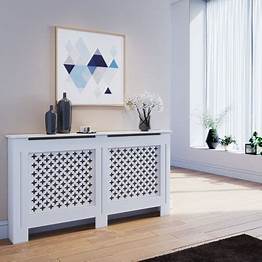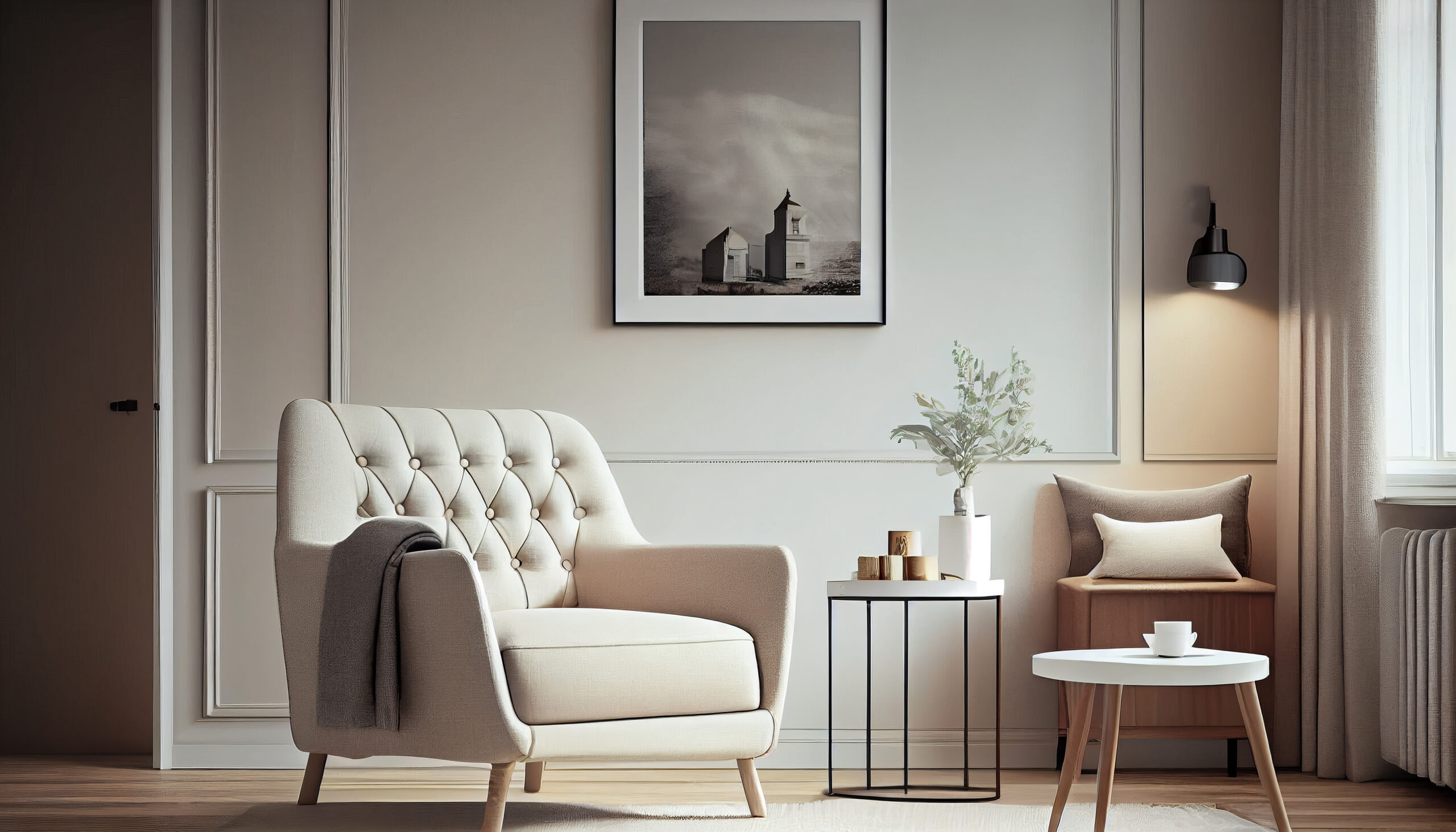Radiators have come a long way from their humble origins as utilitarian heating devices. Today, contemporary radiators are not just functional elements to keep our homes warm; they are also stylish and versatile pieces that contribute to the overall aesthetic of a space. In this article, we will explore the history of radiators, the various styles and types available, the materials used in their construction, and provide essential tips for making informed decisions when purchasing a radiator.
A Brief History:
The history of radiators dates back to the 19th century when central heating systems started gaining popularity. The first radiators were simple cast-iron devices designed to emit heat through natural convection. Over time, innovations led to the development of more efficient and aesthetically pleasing radiators. In the early 20th century, tubular steel radiators became popular, and advancements in design and materials continued to evolve, giving rise to the contemporary radiators we know today.
Styles of Radiators:
Contemporary radiators come in a variety of styles to suit different preferences and interior designs. Some popular styles include:

Panel Radiators: These are the most common type of radiators, featuring flat panels that can be vertical or horizontal. They are versatile and can be easily integrated into various spaces.

Column Radiators: Inspired by traditional cast-iron radiators, these radiators have a series of columns that enhance heat distribution and provide a classic aesthetic.

Designer Radiators: These radiators prioritize style and often resemble pieces of modern art. They come in various shapes, sizes, and finishes, allowing homeowners to make a bold statement with their heating choices.

Towel Radiators: Commonly found in bathrooms, these radiators serve a dual purpose by heating the space and providing a place to warm towels.

Horizontal Tubular Radiators: These radiators feature horizontal tubular elements, creating a sleek and modern look. They are often chosen for their space-saving design, making them ideal for rooms with limited wall space.

Vertical Tubular Radiators: In contrast to the horizontal design, vertical tubular radiators offer a contemporary twist, taking advantage of vertical wall space. They are not only functional but also serve as eye-catching design elements.

Mirror Radiators: Blurring the lines between function and aesthetics, mirror radiators serve a dual purpose by not only heating the room but also providing a reflective surface. This style is popular in bathrooms, hallways, or bedrooms where both heating and a mirror are desired.

Glass Radiators: An innovative and modern choice, glass radiators incorporate tempered glass panels. These radiators are available in various colours and can be customized with digital printing, allowing homeowners to match them seamlessly with their interior design.

Low-Level Radiators: Designed to be placed lower on the wall, these radiators are often chosen for their unobtrusive appearance. They are particularly popular in modern, minimalist interiors, creating a clean and streamlined look.

Cabinet Radiators: Integrating the radiator into a stylish cabinet, this design option allows homeowners to conceal the heating element while providing additional functionality as storage or display space. Cabinet radiators are versatile and can blend seamlessly with different room styles.

Flat Panel Radiators: Emphasizing simplicity and functionality, flat panel radiators are characterized by clean lines and a minimalist aesthetic. They are suitable for various spaces and can be easily integrated into contemporary interiors.

Freestanding Radiators: Breaking away from the traditional wall-mounted design, freestanding radiators offer flexibility in placement. These radiators are often chosen for their ability to be moved around the room, providing a heating solution where needed.
Materials Used in Radiator Construction:
Contemporary radiators can be constructed from a variety of materials, each offering unique benefits:
Aluminium: Lightweight and quick to heat up, aluminium radiators are energy-efficient and ideal for modern homes.
Steel: Durable and versatile, steel radiators are commonly used in panel and column designs. They heat up and cool down relatively slowly, providing a consistent warmth.
Cast Iron: Although less common in contemporary designs, cast iron radiators are prized for their classic look and ability to retain heat for an extended period.
Stainless Steel: Known for its corrosion resistance, stainless steel radiators are a sleek and modern option that complements contemporary interiors.
The Do’s and Don’ts When Buying Radiators:
Do:
Consider Heat Output: Ensure the chosen radiator has the appropriate heat output for the size of the room it will be placed in.
Think About Placement: Consider the available wall space and the intended purpose of the room when choosing the radiator type and location.
Explore Energy Efficiency: Look for radiators with energy-saving features, such as thermostatic valves, to optimize heating efficiency.
Match Style to Interior Design: Select a radiator that complements the overall style of your home, whether it’s a minimalist panel radiator or a statement designer piece.
Don’t:
Overlook Size: Ensure the radiator is the right size for the space; an undersized radiator won’t adequately heat the room, while an oversized one may lead to unnecessary energy consumption.
Forget About Maintenance: Consider the maintenance requirements of different materials. For instance, aluminium and stainless steel are easy to clean, while cast iron may require more upkeep.
Ignore Installation Considerations: Make sure the chosen radiator is compatible with your heating system and that installation is feasible in your space.
Compromise on Quality: Investing in a high-quality radiator may cost more initially but can lead to long-term energy savings and durability.
Contemporary radiators are not just functional elements; they are design features that enhance the aesthetics of our living spaces. By understanding the history, styles, types, and materials of radiators, as well as adhering to essential do’s and don’ts when purchasing, homeowners can make informed decisions to create a comfortable and stylish environment in their homes.




